Top Ten CDAC Webinars Heading link

As we approach the 100th CDAC Webinar, we take a brief look back on those webinars that have received the most YouTube views to date.
CDAC began its weekly webinar series in May 2020, featuring speakers from the high pressure research community who discuss their work in an informal, online seminar format. The webinar series was started as a way to connect students and colleagues with leaders in the field during a time when in person meetings were not possible due to the pandemic. Initially a weekly event, and now held every other week, the number of CDAC webinars now numbers nearly 100. Most of the webinars have been recorded and are available on the CDAC YouTube channel, with links provided on the CDAC website.
The 100th webinar will be given by Peter Sharma (SNL) on November 1, 2023.
The top-10 viewed webinars are listed below in alphabetical order by speaker, with the webinar number and number of views as of Nov. 1, 2023:
26. 01/06/2021 / Unsolved Phase Diagrams of Simple Materials
Reini Boehler (Oak Ridge National Laboratory) reviewed some key technical developments in high P- T research that have led to an increased understanding of phase relationships in a number of key systems (159 views).
56. 11/03/2021 / Innovation and Impact — Science at Lawrence Livermore National Laboratory
Kim Budil (Lawrence Livermore National Laboratory), Director of LLNL and a University of Illinois Chicago alumna, outlined the scope of LLNL’s mission, and its tremendous scientific impact as well as the many opportunities available for scientists at all levels to participate in the laboratory’s scientific programs (149 views).
31. 02/24/2021 / Symmetry Breaking Transitions in Light Alkalis Under Pressure
Shanti Deemyad (University of Utah) provided an overview of recent experimental work in understanding the physics of the surprisingly complex phase transitions in lithium and sodium (164 views).
45. 06/02/2021 / Dynamic Compression of Planetary Materials to Terapascal Pressures
Tom Duffy (Princeton University), another UIC alumnus and one of the original CDAC academic partners, discussed new experiments in his group that are taking advantage of national laser user facilities to understand the physics and chemistry of deep planetary interiors (129 views).
78. 11/09/2022 / Bismuth Under Pressure
Danna Freedman (Massachusetts Institute of Technology) summarized her group’s approach of using pressure as a synthetic tool to explore the complex structure-property relationships in a series of new bismuth-based compounds (271 views).
27. 01/31/2021 / Looking for Conceptual Connections Between Bonding at 1 Atmosphere and Elevated Pressures
Roald Hoffmann (Cornell University) applied his unique insight in elucidating chemical bonding patterns between seemingly unrelated classes of elements and compounds to show how relationships between chemical bonding exist between structures at ambient conditions and those observed across a wide range of pressures (320 views).
74. 08/31/22 / Stereochemistry, Pressure and Energetics
Tim Jenkins (Army Research Laboratory) showed how the pressure variable can be used to alter the conformations of molecular systems in the crystalline solid, and how these changes are relevant to our understanding of energetic materials (423 views).
14. 09/16/20 / Plastic Strain-Induced Phase Transformations at High Pressure
Valery Levitas (Iowa State University) described his group’s development and use of novel experimental techniques and apparatus to drive phase transitions in materials using strain as well as pressure (231 views).
29. 02/03/21 / Novel Chemistry at High Pressure
Maosheng Miao (California State University – Northridge) reviewed his group’s development of new theoretical and computational methods to explore chemical reactivity at high pressures and to predict new chemistry in compositions and conditions that are difficult to access experimentally (131 views).
75. 09/01/2022 / Mechanical Instabilities in Fe and FeV at High Pressures and Temperatures
Jorge Munoz (University of Texas-El Paso) revisited some previous experimental work, now supplemented by computational studies, on Fe and FeV and showed that, with a combination of inelastic x-ray and neutron scattering measurements, it is possible to unravel the subtle role of phonon thermodynamics in controlling the phase stabilities of Fe and the FeV alloy (146 views).
Job Posting: RD2 Assistant Beamline Scientist/RD3 Beamline Scientist with HPCAT Heading link

The High-Pressure Collaborative Access Team (HPCAT) located at sector 16 of the Advanced Photon Source is currently seeking a beamline scientist to provide support for conducting research at extreme pressure-temperature conditions. The primary focus of this role will be to advance the applications of cutting edge, synchrotron-based, static, and time-resolved, high P-T research and enable transformational scientific discoveries in material science, physics, and chemistry. We are seeking a candidate with expertise in laser heating systems, but candidates with broader qualifications/background will be also considered.
John Lazarz: Senior Federal Program Manager for Ground-based Nuclear Detonation Detection at the NNSA Heading link

John Lazarz is a CDAC alum now working at NNSA headquarters in Washington, D.C. John was a member of Academic Partner Steven Jacobsen’s research group at Northwestern University and studied for his Ph.D. thesis the effects of water on the structure of Earth’s transition zone through high-pressure experiments. He was also deeply involved in instrument development for high-pressure diffraction and ultrasonic interferometry and published widely as a graduate and undergraduate student.
As a CDAC-supported student, he also interned at Los Alamos National Laboratory (LANL) as a Post Doc in the Shock and Detonation Physics group, where he used spectroscopy techniques such as Brillouin spectroscopy and impulse stimulated thermal scattering to study the optical and thermoelastic characteristics of high explosives and their analog materials such as acetaminophen.
Following a postdoc in the Shock and Detonation physics group at LANL, John currently serves as the Senior Federal Program Manager for Ground-based Nuclear Detonation Detection in the Office of Nuclear Detonation Detection at the U.S. Department of Energy (DOE) National Nuclear Security Administration (NNSA) Office of Defense Nuclear Nonproliferation Research and Development (DNN R&D). In this position, he directs research and development efforts at the DOE/NNSA national laboratories to improve U.S. capabilities to detect, locate, and identify underground nuclear explosions at regional and teleseismic distances. John’s current research interests include seismic, infrasound, and hydroacoustic waveform modeling and simulation as well as atmospheric radionuclide emissions as signatures of underground nuclear explosions.
Among John’s papers is a study of pressure-induced phase transitions ichain silicates using single-crystal X-ray diffraction at HPCAT. He discovered that the pyroxene-group mineral clinoenstatite (Mg2Si2O6) undergoes a second phase transition from its high-pressure form above 6 GPa to a new structure above 45 GPa with edge-sharing Mg-octahedra [Lazarz, J. D., et al., High-pressure phase transitions of clinoenstatite. American Mineralogist 104, 897-904 (2019)].
=========================================================================================
Katie Hilleke joins the Laboratory for Laser Energetics at the University of Rochester Heading link
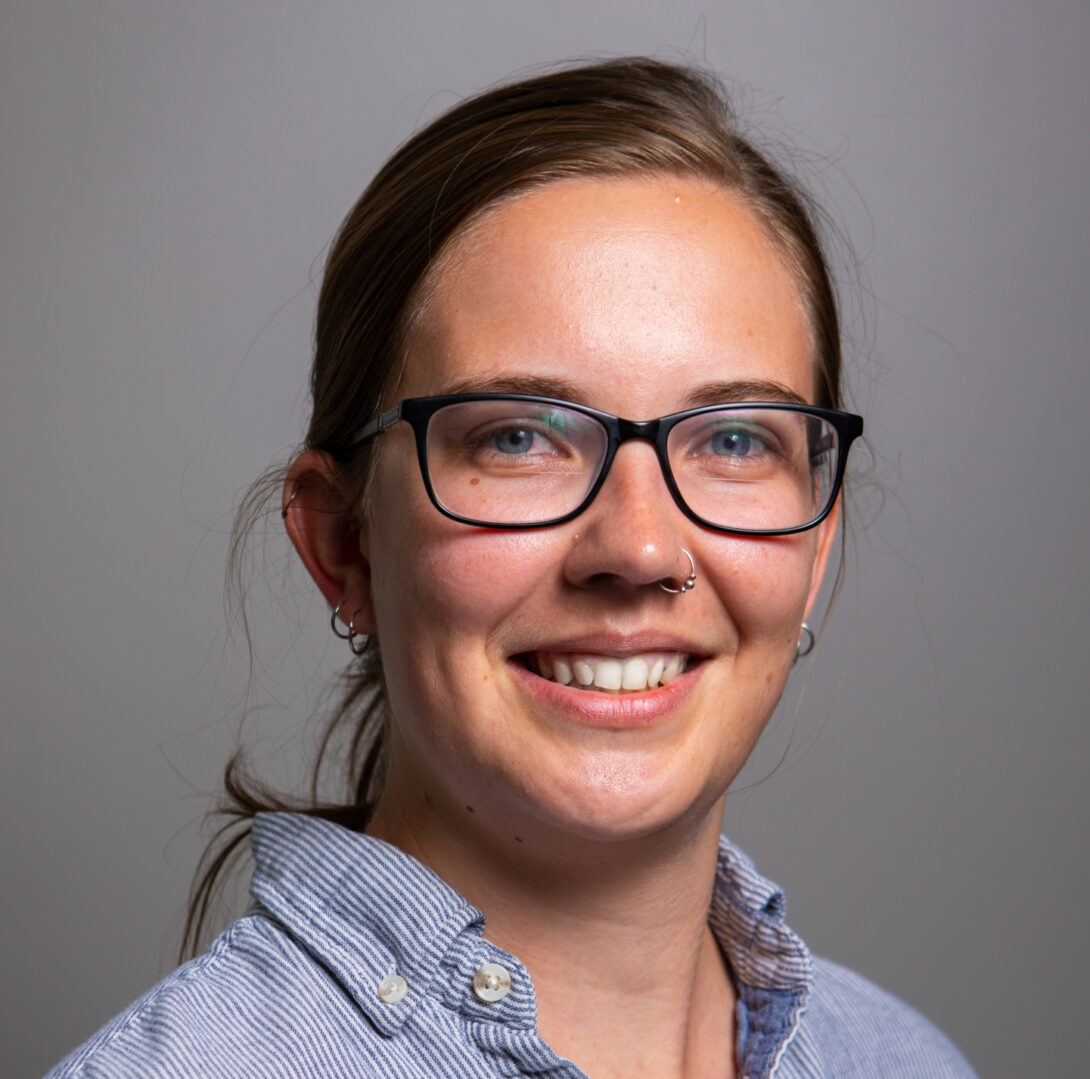
CDAC Postdoctoral Researcher Katie Hilleke, from the group of Academic Partner Eva Zurek at the University at Buffalo, has recently taken a position as an Assistant Scientist in Computational/Theoretical High Energy Density Physics at the Laboratory for Laser Energetics, University of Rochester. She will use her experience in the use of density-functional electronic structure methods to develop exchange-correlation functionals and computational software for orbital-free density functional theory.
Katie recieved her PhD in Chemistry from the University of Wisconsin-Madison in 2019 and as a CDAC postdoctoral researcher, she worked on developing theoretical methods for addressing problems in high pressure chemistry, particularly in the area of structure and bonding. Collaborating with Tadashi Ogitsu at LLNL, Katie identified many novel boron structures that could exist at high pressures, which has provided guidelines for future high pressure experiments, both static and dynamic. Her work on elucidating the role of chemical pressure in stabilizing the metal hydride clathrate structures has contributed to the understanding of the superconducting behavior of these materials.
Katie also contributed to a new release of the XtalOpt evolutionary algorithm for structure prediction, and has made important contributions to the scientific literature with several comprehensive reviews, which have brought new chemical perspectives to the field of high pressure research.
The CDAC community wishes Katie continued success with her research in her new position, and offers its thanks for her many contributions to the Center. Congratulations, Katie!
CDAC welcomes Ibo Matthews to Center Scientific Advisory Committee (CSAC) Heading link

We are thrilled to have Manyalibo “Ibo” Matthews join the Center Scientific Advisory Committee (CSAC). Matthews will make an excellent contribution to the committee’s mission of reviewing long-range planning, scientific direction, and overall management of the CDAC.
Matthews leads the Materials Science Division (MSD) at Lawrence Livermore National Laboratory (LLNL), where he oversees more than 500 staff. The division is organized into 18 scientific capability groups, who together execute research projects representing more than $250M in annual investments to support LLNL missions. The division’s research includes energetic, optical, and quantum materials, as well as ceramics, actinides, and materials for energy applications and extreme environments.
=================================================================
William Shaw: Staff Scientist at Lawrence Livermore National Laboratory Heading link

William Shaw received his PhD in Physical Chemistry from the University of Illinois Urbana-Champaign in 2016 and was a member of the research group of CDAC Academic Partner Dana Dlott. Will’s work focused on the development of tabletop shock compression experiments and the design of experiments for understanding chemical processes taking place under shock compression. Will joined Lawrence Livermore National Laboratory as a postdoctoral fellow and has been a Staff Scientist at LLNL since 2019.
Currently, Will is Deputy Group Leader within the Reaction Dynamics Group and carries out experiments as part of the Energetic Materials Center at LLNL. His research interests focus on material aging, compatibility, and performance of initiation train components. This includes the development of energetic formulations, accelerated aging capabilities and test fire diagnostics. Will’s overarching goal is to correlate various non-destructive techniques to elucidate the underlying material and chemical drivers that change material performance for new and existing high explosives.
Read more about Will’s work at LLNL here
==================================================================
CDAC collaborator Eva Zurek named a Fellow of the American Physical Society Heading link

Congratulants to CDAC collaborator Eva Zurek on being named a Fellow of the American Physical Society. a theoretical and computational chemist at the University at Buffalo. Zurek, PhD, is a theoretical and computational chemist at the University at Buffalo.
Zurek, PhD, has been recognized “for the application of forefront computational electronic structure methods to reveal microscopic processes occurring in large molecules and nanostructures, for the design of hydride superconductors, and for related educational innovations in computational science.”
Read the full story here!
=================================================================
CDAC collaborator Danna Freedman named a 2022 MacArthur Fellow Heading link
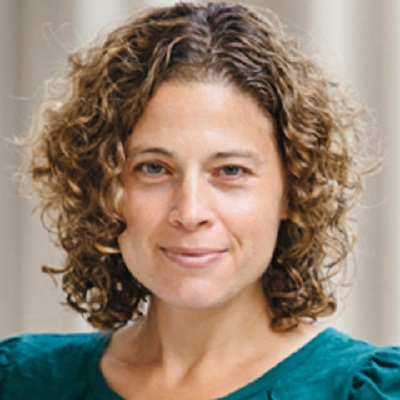
Congratulants to CDAC collaborator Danna Freedman being named a 2022 MacArthur Fellow.
Danna Freedman is a synthetic inorganic chemist creating novel molecular materials with unique properties directly relevant to quantum information science. Using the tools of synthetic chemistry, Freedman is designing molecules that can act as qubits—the building blocks of quantum systems—in conditions that are more readily achievable than those previously required.
Read the full story here!
=================================================================
CDAC collaborator Richard Kraus wins Neil Ashcroft Award Heading link
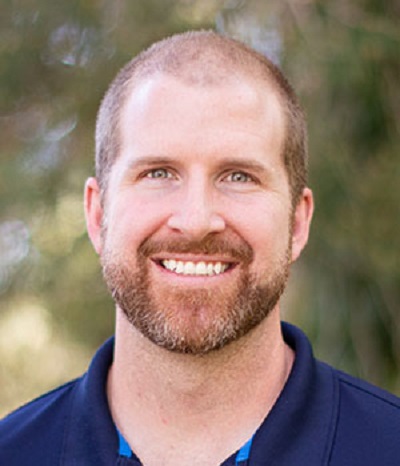
Congratulants to CDAC collaborator Richard Kraus for winning the first Neil Ashcroft Award for Studies of Matter at Extreme High Pressure.
This inaugural award was given “For extraordinary achievements and leadership within extreme high-pressure science, including novel measurements on material properties, laboratory constraints on planetary evolution, creation of complete equations of state, and the future of programmatic science.”
Read the full story here!
=================================================================
CDAC Students Featured in Top Story in APS News Heading link
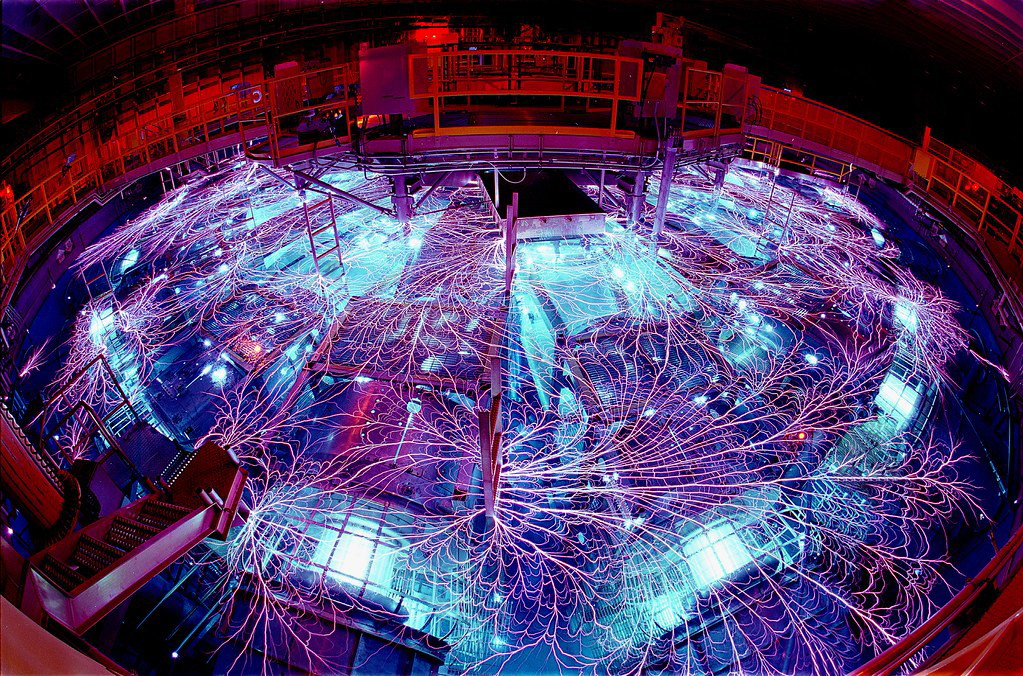
We’re delighted to see the work of two CDAC students: Bethany Chidester and Hannah Bausch featured ‘above the fold’ in the current issue of APS News. Notably their two studies, both conducted at Z, were the featured highlights of SHOCK22 in Annaheim in the article.
Bethany is a former CDAC student from the University of Chicago (and before that CDAC undergraduate summer intern), now a Director’s Fellow at LANL, and Hannah is currently a CDAC graduate student at Northwestern.
Read the full article on the APS Website
=================================================================
CDAC Personnel Chair Sessions, Present Results at the Gordon Conference on Research at High Pressure Heading link

The 2022 Gordon Research Conference (GRC) on Research at High Pressure, entitled Exploring High Pressure Science at the Extremes Through Experiment and Computation was held on July 17-22 at New Hampshire’s Holderness School. CDAC students and postdoctoral researchers, as well as CDAC faculty and collaborators, were well represented at this event, which was held in-person for the first time since 2019. Established in 1955, this Gordon Conference is one of the longest running meetings in the Gordon Conferences portfolio.
The opening session, Challenges to Our Understanding of Dense Matter, featured a lecture by CDAC Partner Eva Zurek entitled “Predicted Light Element Superconductors Under Pressure.” CDAC Director Russell Hemley (University of Illinois Chicago) chaired the following session on Hydrogen-Rich Systems, and former CDAC postdoctoral researcher Amy (Lazicki) Jenei (Livermore National Laboratory) chaired the session Beyond Earth : Pressure as an Experimental Probe. CDAC collaborator and Beamline Scientist Guoyin Shen from HPCAT chaired the session on New Phenomena at High Density.
Graduate students affiliated with CDAC groups made a number of presentations at the poster session held on July 21, and UIC’s Anmol Lamichhane received one of the conferences’s Best Poster Awards.
The complete schedule is available at : https://www.grc.org/research-at-high-pressure-conference/2022/
On July 16-17, immediately preceding the GRC was the Gordon Research Seminar “Research at High Pressure” for graduate students and early career scientists. In the session Novel Chemistry and Syntheses, CDAC postdoctoral researcher Katie Hilleke (University at Buffalo) presented her work on “Chemical Pressure in the Structures of Superconducting Metal Hydrides : Stabilization and Design.”
The program for the Gordon Research Seminar is available at https://www.grc.org/research-at-high-pressure-grs-conference/2022
For more on the Gordon Research Conferences, go to https://www.grc.org/about/
=================================================================
Allison Pease Receives the 2022 Kraus Crystallographic Fund Research Grant from the Mineralogical Society of America Heading link

Allison Pease, a CDAC graduate student from the research group of Academic Partner Susannah Dorfman at Michigan State University, is the 2022 recipient of the Edward H. Kraus Crystallographic Research Fund Grant from the Mineralogical Society of America. The Kraus award is based on a competitive proposal process and provides up to $5000 for research in the field of mineralogical crystallography. Proposals for research in the areas of mineralogy, crystal chemistry, petrology, mineral physics, biomineralization, and geochemistry are all eligible for funding, and studies may be pursued using crystallographic, spectroscopic, analytical or computational methods. The award may go to undergraduate or graduate students as well as beginning faculty and young researchers. The title of Allison’s proposal is “Structural Variation in Silicate Perovskites.”
Other CDAC-supported graduate students receiving the Kraus award include Arianna Gleason (University of California-Berkeley, 2013) and Josh Townsend (Northwestern University, 2012). Current CDAC Academic Partner Steven Jacobsen (Northwestern University) also received the Kraus award as a graduate student at the University of Colorado-Boulder in 2001.
Allison is a graduate of Augustana College in Rock Island, Illinois, and she also holds an M.S. degree from the University of Michigan. The entire CDAC community sends its best wishes to Allison in recognition of this outstanding achievement. Congratulations Allison!
=================================================================
Broader Impacts Beyond CDAC : Lectures on the Use of XTALOpt Heading link

In June 2022, CDAC Academic Partner Eva Zurek (University at Buffalo) gave a 4hr hands-on workshop on using the XtalOpt evolutionary algorithm for crystal structure prediction to a group of graduate students and postdoctoral associates at the recent 56th Course at the International School of Crystallography: Crystallography Under Extreme Conditions: The Future is Very Bright and Compressed. The course, held in Erice, Sicily from June 3-11 also featured two lectures by Professor Zurek, one on state-of-the-art techniques for computational structure prediction, and another on how these techniques have been used to understand the structures and properties of hydrogen-rich materials at very high pressures. In 2022 Professor Zurek has also given three (virtual) seminars at primarily undergraduate institutions: St. Bonaventure University, California State University-San Bernardino, and California State Polytechnic University-Pomona, during which she described how crystal structure prediction is being used in materials design, and provided case studies of the successful application of these techniques.
=================================================================
CDAC Collaborator Jorge Muñoz Receives Cottrell Scholar Award Heading link

Jorge Muñoz, an assistant professor of physics at The University of Texas at El Paso, has been named a 2022 Cottrell Scholar by the Research Corporation for Science Advancement.
Muñoz, who was a CDAC graduate student working with former CDAC Academic Partner Brent Fultz at the California Institute of Techology is one of 24 teacher-scholars in chemistry, physics, and astronomy to receive this highly prestigious award, which recognizes excellence in research and teaching as well as the recipient’s potential to become an academic leader. The award comes with a financial prize of $100,000.
More information can be found here.
=================================================================
Eva Zurek Receives Chancellor's Award Heading link
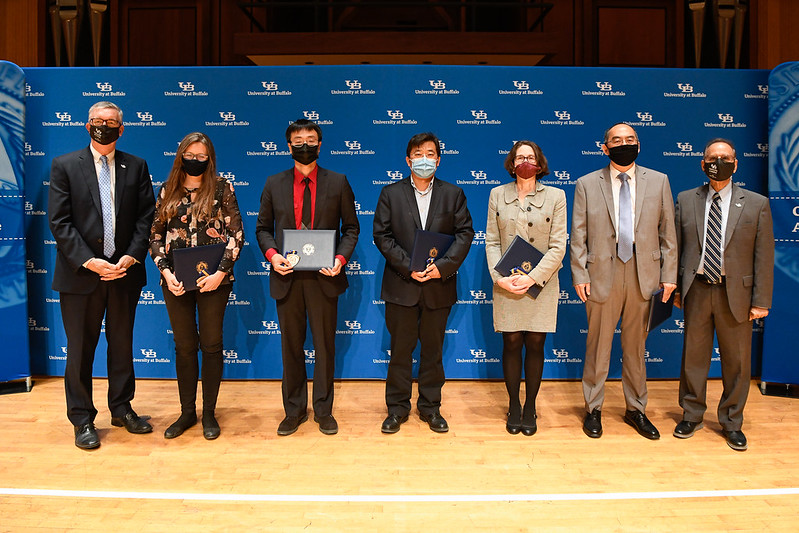
Congratulations from the entire CDAC community go out to Academic Partner Eva Zurek from the University at Buffalo, who received the 2021 SUNY Chancellor’s Award for Excellence in Scholarship and Creative Activities. Second from left in the accompanying photo, Professor Zurek is pictured with other Chancellor’s Award recipients.
The Chancellor’s Awards are conferred to acknowledge and provide recognition for consistently superior professional achievement and to encourage the pursuit of excellence. Chancellors Awards in the SUNY (State University of New York) group of universities are made in five categories: Faculty Service, Librarianship, Professional Service, Scholarship and Creative Activities, and Teaching.
Congratulations, Eva !
=================================================================
Predicting synthesizability of crystalline materials via deep learning Heading link
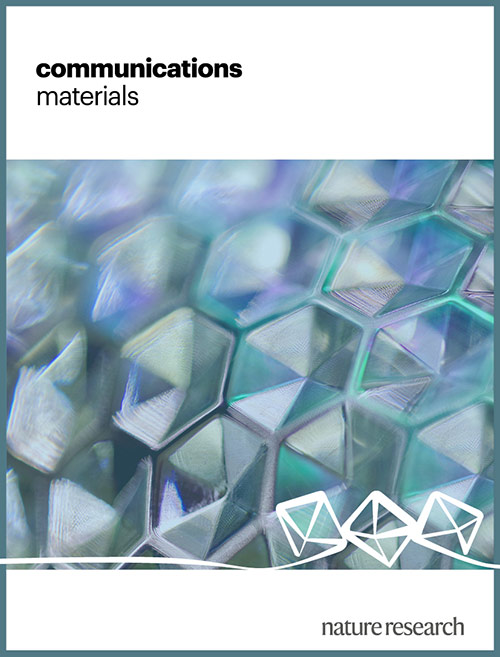
Sara Kadkhodaei, a CDAC affiliated faculty member at UIC and a co-PI with CDAC Partner Eva Zurek, CDAC Director Russell Hemley, and CDAC affilliated faculty member Michael Trenary on the DMREF award, “Machine Algorithm Prediction and Synthesis of Next-Generation Superhard Functional Materials” is a co-author on a new paper on the use of machine learning in materials science published recently in Nature Communications Materials.
The paper describes a method whereby the latent information that is inherently embedded in the structure of a crystalline material is used to create an image representation of a crystal structure based on its chemical attributes. This image representation allows the use of a “convolutional encoder” that learns the features of chemical and structural features of materials that allow synthesis. Materials are then classified into synthesizable materials and crystal anomalies. The deep learning approach holds the promise of streamlining the synthesis of new materials with tailored properties by enabling the targeted search of parameter space, and replacing the time-consuming and inefficient trial-and-error method.
[Davariashtiyani, A., et al., Predicting synthesizability of crystalline materials via deep learning. Nature Communications Materials 2, 115 (2021)]
=================================================================
Congratulations to Livermore's Brad Wallin Heading link
Congratulations to Livermore’s Brad Wallin for his selection as LLNL Principal Associate Director for Weapons and Complex Integration (WCI):
Brad is a former CDAC Program Manager and Advisory Committee Member.
=================================================================
Congratulations Susannah Dorfman Heading link
Congratulations to CDAC Partner (and former CDAC student) Susannah Dorfman on her promotion from Assistant Professor to Associate Professor with tenure at Michigan State University! Linkedin
My tenure and promotion to associate professor is official! Thank you to family, friends, colleagues and mentors for your support!
— Dr Suki Dorfman (@thesuki) June 18, 2021
=================================================================
Accidental synthesis of a previously unknown quasicrystal in the first atomic bomb test Heading link
This article reports the discovery of a heretofore unknown icosahedral quasicrystal created by the detonation of the first nuclear device at Alamogordo, NM, on 16 July 1945 (the Trinity test). Like all quasicrystals, the new example violates crystallographic symmetry rules that apply to ordinary (periodic) crystals. It was found in a sample of red trinitite, a combination of glass fused from natural sand and anthropogenic copper from transmission lines used during the test. The new quasicrystal is the oldest extant anthropogenic quasicrystal known, whose place and moment of origin are known from the historic records of the Trinity test. The thermodynamic/shock conditions that formed it are roughly comparable to those that formed natural quasicrystals recently found in meteorites.
L. Bindi et al., PNAS June 1, 2021 118 (22) e2101350118; https://doi.org/10.1073/pnas.2101350118
=================================================================
Atomic-scale mixing between MgO and water in the deep interiors of water-rich planets Heading link
Water-rich planets exist in our Solar System (Uranus and Neptune) and are found to be common in the extrasolar systems (some of the sub-Neptunes). In conventional models of these planets a thick water-rich layer is underlain by a separate rocky interior. Here we report experimental results on two rock-forming minerals, olivine ((Mg,Fe)2SiO4) and ferropericlase ((Mg,Fe) O), in water at the pressure and temperature conditions expected for the water-rich planets. Our data indicate a selective leaching of MgO, which peaks between 20 and 40 GPa and above 1,500 K. For water-rich planets with 1–6 Earth masses (>50 wt% H2O), the chemical reaction at the deep water–rock interface would lead to high concentrations of MgO in the H2O layer. For Uranus and Neptune, the top ~3% of the H2O layer would have a large storage capacity for MgO. If an early dynamic process enables the rock–H2O reaction, the topmost H2O layer may be rich in MgO, possibly affecting the thermal history of the planet.
=================================================================
60th Anniversary of the Discovery of 'Dense Silica': Stishovite Heading link

Sixty years ago today, April 19, 1961, Sergei Stishov — then a graduate student at Moscow State University — together with Svetlana Popova first identified silica in the rutile-type structure from x-ray diffraction in high-pressure experiments, testing the hypothesis proposed a decade earlier about the high-pressure behavior of the common mineral quartz.
Upon learning about the discovery, Edward Chao of the U.S. Geological Survey found that their reported x-ray diffraction pattern matched that of material he had collected on the shocked Coconino sandstone at Meteor Crater, Arizona. He and his colleagues quickly announced the finding and proposed that the mineral be named stishovite.
The discovery was a landmark in both high-pressure physics and studies of the Earth’s deep interior. The story — indeed the geopolitical back story — is recounted in a memoir that Stishov published in 1995. Additional information and pictures, from the 50th Anniversary Celebration of the discovery in 2011, are here and here.
Academician Stishov is currently a Staff Member at the Lebedev Physical Institute of the Russian Academy of Sciences (RAS), and is the former Director of the Institute of High Pressure Physics of the RAS. He has held numerous visiting appointments in the U.S., including LANL starting in 1993, as well as Caltech, Berkeley, and Stony Brook. Svetlana Popova, who passed away five years ago, was a long-time Staff Member at the Institute of High Pressure Physics.
CDAC Advisory Committee Member Dana Dattlebaum Receives E. O. Lawrence Award Heading link

Long-time Center Scientific Advisory Committee (CSAC) member Dana Dattelbaum of Los Alamos National Laboratory has been named as one of eight winners of the 2020 E. O. Lawrence Award.
Dana was honored “for her transformative scientific and intellectual achievements, including her pioneering work providing physical insights into shock and detonation physics, her innovations in the development of the equations of state of a spectrum of energetics and polymers, and providing critical data for hydrodynamic simulations essential to the nuclear weapons program. She has played a pivotal and leading role in advancing the experimental study of materials under extreme conditions at LANL.”
Dana Dattlebaum has been a member of CDAC External Advisory Commitee (ESC) or its CSAC since the founding of the Center in 2003.
=========================================================================================